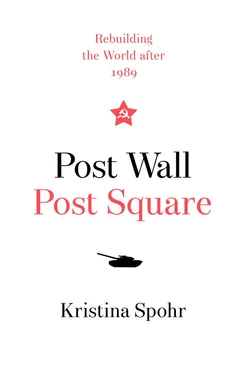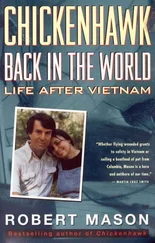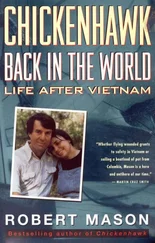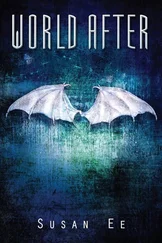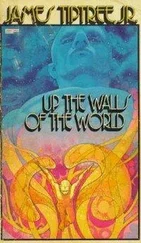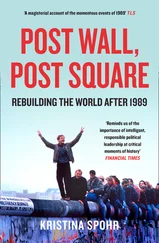For Hans-Dietrich Genscher, this was a hugely emotional moment. The fate of Germans in the GDR was a gut issue for him, in a way it could never have been for Kohl, a man from the Franco-German borderlands of the Rhineland-Palatinate, because Genscher had once literally been an East German refugee himself – he had fled to West Germany in 1952. Genscher had never lost his distinctive Saxon accent. Having started his legal studies in the GDR, he completed them in Hamburg before moving into West German politics. [154]These personal roots explain Genscher’s profound commitment to German unification and also his belief that this should be done through legal agreements as a peaceful embrace of the Soviet bloc. Hence his passion for West Germany’s Ostpolitik, and for the principles outlined in the Conference on Security and Cooperation in Europe, which were enshrined in the Helsinki Final Act of 1975, affirming both the borders of Cold War Europe and also the shared values of universal human rights. His grand ambition was to transcend the Cold War and German division not by unilateral Western actions but by consensual pan-European solutions. Therefore it was an added bonus that he was the one who commanded the show at the Prague embassy, not his ally-rival Chancellor Kohl. Little wonder that Genscher a few days later described that moment on the balcony as ‘the most moving hour in my political career’. The wheel was coming full circle for him, as he encountered the escapees of a younger generation who wanted to take the same path. ‘You can see what people will go through so that they can live like we do,’ he added, ‘not in the material sense, but to have the right to decide for themselves what to do with their lives.’ [155]
And so on that night of 30 September, Prague police rerouted normal traffic to allow more than a dozen buses to evacuate the West German embassy. At Prague-Liben train station, just out of town, the throng of exuberant East Germans waiting for their trains grew ever larger. Applause rippled through the crowd at the arrival of West Germany’s ambassador to Czecholsovakia, Hermann Huber. Faces glowed with excitement, they pressed close, hugging and kissing him, even handing their children for a kind of benediction. A knot of Czechoslovak police officers stood at a distance, observing but not interfering. After many delays, six trains finally rolled out of Prague, in the company of a few token West German officials, who hoped to keep people calm. [156]
The trains had to travel for seven hours along the circuitous route from Prague through Schönau, Reichenbach, Dresden, Karl-Marx-Stadt (Chemnitz), Plauen, Zwickau and Gutenfürst. The tensest moments occurred inside the GDR when East German security officials got on the trains. No one could be sure that they wouldn’t try to force the passengers to disembark and end their journey to freedom. But nothing worse happened than recording the names of those leaving and collecting their official identity cards. These moments passed without incident. The train stopped in Dresden and Karl-Marx-Stadt, where more émigrés managed to clamber aboard – without impediment or punishment. Other East Germans gathered along the track to wave as the special trains of the Deutsche Bahn sped past. [157]
When the trains reached FRG territory at Hof in north-eastern Bavaria, hundreds of West Germans packed the station, cheering and waving as each train pulled in. They had stacked up mounds of used clothing, shoes, toys and prams for the newcomers. Some pressed cash into the hands of exhausted parents or gave their children candy bars. For others, it was all too much: they stood silent, weighed down by emotions they could not put into words. In the minds of many older bystanders in this border town, the scene evoked memories of the time they – like Genscher – had gathered up their few belongings after the war to begin new lives in the West.
Although not allowed to participate in the exodus itself, Genscher sensed history in the making and relished his personal role in it. That moment on the embassy balcony in Prague had got him into the limelight of the unfolding unification drama ahead of Kohl, who also coveted a place in history. ‘What has happened shows that we are in a historical period of change which cannot be reversed and will continue,’ Genscher told the press. ‘I hope that the East German leadership realises this and will not isolate itself by refusing to change. Gorbachev is coming and I hope he will convince East Germany that reform lies in its best interests, that reform means more, not less stability.’ [158]
But the very opposite happened: Honecker, ill and out of his depth, chose to box himself in. Just days before East Germany’s grand fortieth-birthday celebrations, he felt humiliated, even threatened. The stark images now flickering incessantly across TV screens of innumerable East Germans clambering over fences, besieging trains, overrunning embassies and finally clenching their fists in triumph on West German soil were a glaring indictment of his government. [159]
On 3 October Honecker sealed off all of East Germany from the outside world, even the rest of the Warsaw Pact. This was an unprecedented act. Now, for the first time, the crossing of any of the GDR’s borders required both a passport, possessed by only a minority of citizens, and a specific permit for each trip – documentation that in the current circumstances was highly unlikely to be issued. [160]East Germans were really angry. With the autumn school holidays just around the corner, thousands of East Germans had booked trips either to or through Czechoslovakia. Now with passport- and visa-free travel suspended, they were stuck at the GDR–Czechoslovak border in Saxony. Consequently it was here that demonstrations became the largest anywhere in the GDR. And as the last vents closed, the East German state was turning into a pressure cooker. [161]
Ironically, between 1 and 3 October, yet another 6,000 East Germans had poured into the West German Prague embassy. In all, some 10,000 to 11,000 would-be escapees were in limbo in and around Prague. On a smaller scale similar scenes occurred in Warsaw. And so another series of sealed trains was hastily arranged – whose departure was followed avidly by a multitude of local and foreign TV companies as well as the international press. It took eight trains from Prague to Hof to clear the backlog in Czechoslovakia; two more, carrying 1,445 people, left Warsaw for Hanover. [162]During this latest transit operation, thousands of East Germans – now feeling like prisoners in their own state – flocked to the tracks and stations to watch what became known as ‘the last trains to freedom’. Many hoped to sneak aboard. The situation in Dresden became so fraught that police had use force to clear the station and tracks – overrun by some 2,500 people – and the doors of trains were sealed from the outside. It took until the early hours of 5 October to get three of the trains through Dresden Hauptbahnhof. The rest had to be rerouted through other cities. [163]
Meanwhile, a mob of some 20,000 angry people were left milling around outside on Dresden’s Lenin-Platz (now Wiener Platz) and in the adjoining streets. Police and troops went in hard with rubber truncheons and water cannons to disperse the crowd; the demonstrators fought back, hurling paving stones at the police, in what observers called the worst outbreak of civil disobedience since 1953. [164]
The East German security forces did their rough stuff under the watchful eye of officials from Dresden’s outpost of the Soviet KGB. It may well be that one of them was a young special officer by the name of Vladimir Vladimirovich Putin. As a KGB man, Putin sympathised with Honecker and his crackdown on state-traitors. What most disturbed him – as we know from later statements – was the deafening silence from his political superiors in Moscow. The call from the Kremlin never came: not one soldier of the Red Army was deployed to help the East German comrades reimpose order. The truth was that Gorbachev despised the ailing Honecker and his Stalinist henchmen; totally committed to his mission as a reformer, the Soviet leader abandoned this atrophied country that had no intention of renewing itself. His aide Anatoly Chernyaev lamented in his diary the ‘terrible scenes’ of violence damaging the East German and Soviet regimes alike. The brutal scenes in Dresden, played out in the media, only worsened the split between Honecker and Gorbachev, between East Berlin and its Soviet patron. [165]
Читать дальше
